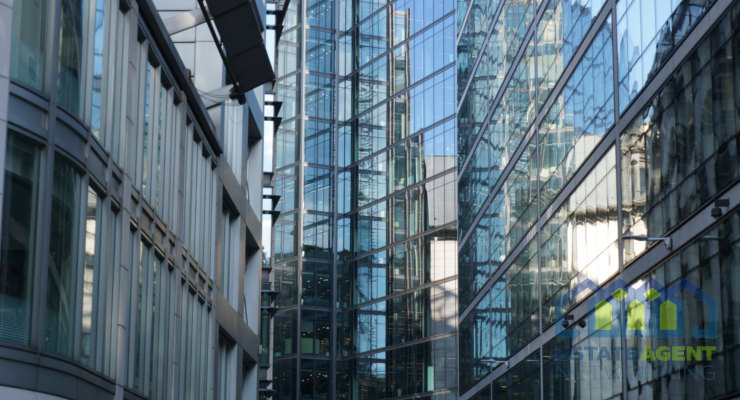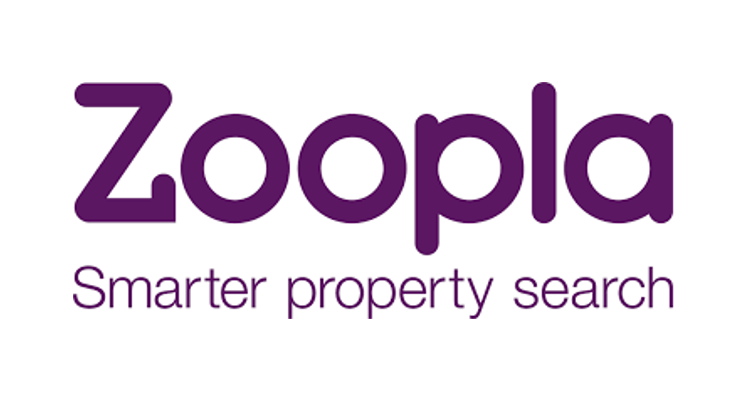Nationwide report Rural rules the roost
Rural rules the roost as countryside homes plough ahead of urban properties for house price growth
- House prices in predominantly rural areas have risen by 23% over the last five years, compared to 18% in predominantly urban areas
- Rural terraced properties have seen the strongest rate of price growth, urban flats the weakest
Commenting on the figures, Andrew Harvey, Nationwide’s Senior Economist, said:
“Average house price growth in predominantly rural local authorities has continued to outpace that in predominantly urban areas. Between December 2019 and December 2024, house prices in predominantly rural areas increased by 23%, compared with 18% in predominantly urban areas. Local authorities classified as ‘urban with significant rural’ saw price growth of 22% over the same period.
“We used the ONS’ broad rural urban classification, which identifies the proportion of the population living in different area types:
| Type | ONS definition | Examples of authorities |
|---|---|---|
| predominantly rural | More than half of population live in rural settlements or market towns | Cotswold
North Norfolk Rutland Shropshire |
| Urban with significant rural | 26% to 49% of population live in either rural villages or market towns | Ashford
Bedford Boston Stroud |
| Predominantly urban | 75%+ of population are either in towns or cities | Derby
Exeter Norwich |
“The pandemic had a significant impact on housing demand during 2021 and 2022, with our research at the time pointing to a shift in preferences towards more rural areas, particularly amongst older age groups. Whilst these effects have now faded, less urban areas have continued to hold the edge in terms of house price growth.
“In our latest housing market survey1, we focused on homeowners who have moved in the last five years. Our findings indicate that the majority (63%) of house moves were within the same type of area, with the biggest flow being within large towns or cities. Around 9% of moves were from towns / cities to rural areas (villages or hamlets)2, although this was partially offset by 7% who moved from rural to more urban areas.
“However, amongst those who moved to a different type of area, there was a significant difference by age group, with younger people (those aged 25-34) tending to move to more urban areas, whilst older age groups, particularly 55+, favouring more rural areas.
Rural semi-detached properties have seen strongest price growth over last five years
“Our survey data shows that a bigger property or garden was the top reason cited by those moving in the last five years, which may in part reflect the ‘race for space’ seen during the pandemic.
“Indeed, a third of survey respondents (33%) purchased a detached property, with just 15% buying a flat. Looking at the flows between property types, it appears the majority of home movers ‘traded up’.
“Amongst those buying in rural locations, 41% of those surveyed bought a detached house, with a further 29% buying a semi-detached. But it is actually rural terraced properties that have seen the strongest price growth between December 2019 and December 2024, with average prices increasing by 25%. (Note that due to data availability, these figures exclude Scottish local authorities).
“Rural semi-detached also increased by 25% over the same period, with urban semis seeing a 24% rise. Meanwhile, rural detached properties increased by 21%. Flats saw considerably weaker price growth, particularly those in predominantly urban areas, which increased by just 6% over the last five years.
Local authority house price performance
“Despite rural areas performing better overall, only four out of the 20 top performing local authorities in 2024 were classed as predominantly rural. Tewkesbury in Gloucestershire, which is just north of the Cotswolds, was the top performing rural authority in 2024, with average prices rising by 11%.
Top performing local authorities (2024)
| Local Authority | GOR | Type | Average price | % chg |
|---|---|---|---|---|
| Blackburn with Darwen | N West | Urban | 158,790 | 13% |
| Inverclyde | Scotland | Urban | 112,517 | 11% |
| Tewkesbury | S West | Rural | 334,361 | 11% |
| Harborough | E Mids | Rural | 356,463 | 11% |
| Stirling | Scotland | Urban | 237,088 | 10% |
| Bassetlaw | E Mids | Rural | 211,266 | 10% |
| Lichfield | W Mids | Urban sig. rural | 333,858 | 10% |
| Sefton | N West | Urban | 220,341 | 10% |
| North East Derbyshire | E Mids | Urban | 250,644 | 10% |
| Liverpool | N West | Urban | 176,211 | 10% |
| Renfrewshire | Scotland | Urban | 156,452 | 10% |
| South Staffordshire | W Mids | Urban sig. rural | 306,405 | 10% |
| South Oxfordshire | S East | Rural | 484,364 | 9% |
| Blaenau Gwent | Wales | Urban | 140,057 | 9% |
| North Lanarkshire | Scotland | Urban | 149,170 | 9% |
| Cherwell | S East | Urban sig. rural | 362,035 | 9% |
| East Ayrshire | Scotland | Urban | 129,763 | 9% |
| Rhondda Cynon Taf | Wales | Urban | 157,903 | 9% |
| Greenwich | London | Urban | 485,772 | 9% |
| Norh East Lincolnshire | Yorks | Urban | 152,249 | 9% |
“Of the 349 local authorities in Great Britain, 212 (61%) are classified as predominantly urban, 89 (26%) as predominantly rural, while the remaining 48 (14%) are classed as urban with significant rural. The South West has the highest proportion of rural local authorities, with over 50% being predominantly rural (14 out of 26), while London unsurprisingly has none.
“The tables on the following page show the top performing local authorities in each region in terms of annual house price growth in 2024 split by rural and urban.”
Top performing rural local authorities (2024)
| GOR | Local authority | Average price | % chg |
|---|---|---|---|
| S West | Tewkesbury | 334,361 | 11% |
| East Mids | Harborough | 356,463 | 11% |
| S East | South Oxfordshire | 484,364 | 9% |
| Scotland | Shetland Islands | 191,083 | 8% |
| East | East Cambridgeshire | 345,041 | 8% |
| N East | County Durham | 135,405 | 8% |
| W Mids | Stratford-on-Avon | 387,411 | 7% |
| Wales | Carmarthenshire | 197,925 | 6% |
| N West | Westmorland & Furness | 236,511 | 6% |
| Yorks | North Yorkshire | 276,027 | 5% |
Note: No rural local authorities in London
Top performing urban local authorities (2024)
| GOR | Local authority | Average price | % chg |
|---|---|---|---|
| N West | Blackburn with Darwen | 158,790 | 13% |
| Scotland | Inverclyde | 112,517 | 11% |
| E Mids | North East Derbyshire | 250,644 | 10% |
| Wales | Blaenau Gwent | 140,057 | 9% |
| London | Greenwich | 485,772 | 9% |
| Yorks | North East Lincolnshire | 152,249 | 9% |
| East | St Albans | 651,451 | 8% |
| N East | North Tyneside | 198,764 | 8% |
| W Mids | Coventry | 227,509 | 7% |
| S East | Southampton | 244,863 | 7% |
| S West | South Gloucestershire | 339,008 | 5% |









